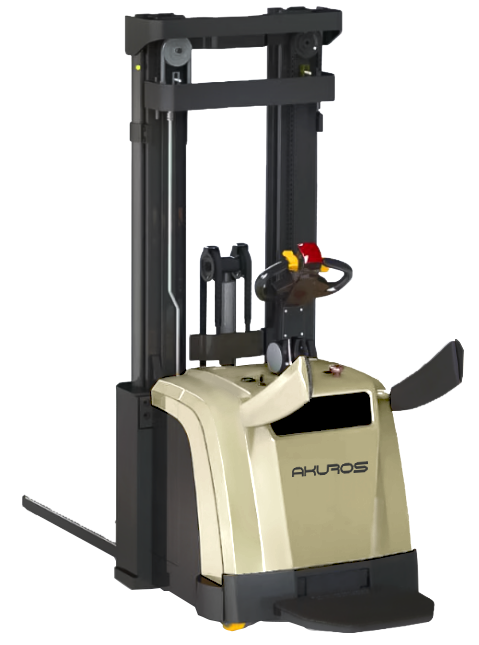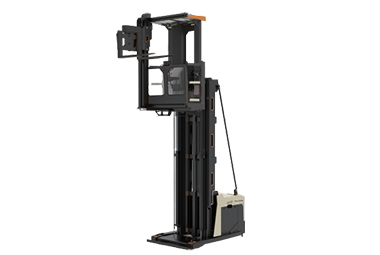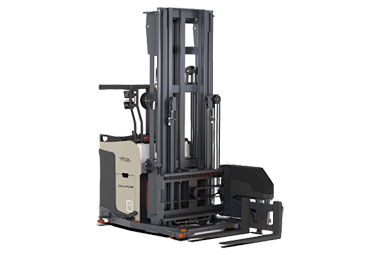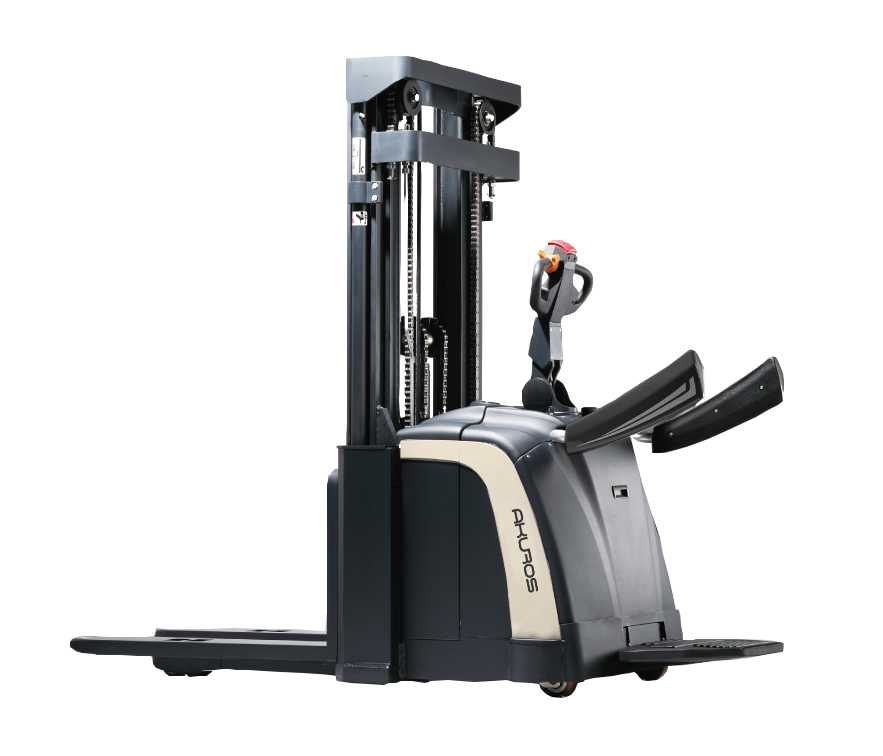Understanding Stackers: Compact Powerhouses for Material Handling
In the fast-paced world of logistics and warehousing, stackers have emerged as essential tools that help businesses handle goods efficiently, especially in confined spaces. These compact machines are purpose-built to lift, move, and stack pallets in tight environments where traditional forklifts may not operate effectively.
Whether you’re managing a small retail backroom or a bustling distribution center, penumpuk play a critical role in streamlining material handling operations. Their compact design allows operators to navigate narrow aisles with ease, making them ideal for vertical storage solutions that maximize every square meter of available space. By integrating stacker into your daily operations, you can improve warehouse efficiency, reduce manual labor, and ensure faster order fulfillment.
Key Features and Benefits of Stackers in Tight Spaces
The true power of penumpuk lies in their unique combination of functionality and space-saving benefits. Their maneuverability makes them an excellent choice for operations where precision is key, especially in tight or cluttered areas. Many models come with power-assisted lift and drive systems, reducing operator fatigue while improving accuracy.
One of the most valuable features of stacker is their ability to perform high stacking operations without requiring large turning radii. This means you can safely store goods in high racks even when floor space is limited. Additionally, advanced models offer ergonomic handle designs, intuitive controls, and excellent visibility, all of which contribute to operator safety and job satisfaction.
Because stacker are often electric, they also produce minimal noise and zero emissions, making them suitable for indoor use and sensitive environments such as cold storage or pharmaceuticals. They are also easy to charge and maintain, contributing to low total cost of ownership.

Electric Pallet Stacker
Different Types of Stackers and Their Applications
There are several types of stackers available, each designed for specific applications and workloads. Choosing the right one depends on factors like load type, load capacity, and working environment.
Manual stackers are ideal for light-duty tasks and small operations where budget constraints or minimal movement are involved. Semi-electric stackers combine manual operation with electric lifting capabilities, offering a cost-effective solution for moderate material handling needs.
Fully electric stackers, on the other hand, are perfect for frequent use in larger operations. These machines feature powered lifting and driving systems, allowing for seamless operation in high-density storage environments. Reach stackers and straddle stackers offer enhanced maneuverability and are capable of handling non-standard pallets or navigating around obstructions with ease.
No matter the type, all penumpuk contribute to optimizing vertical storage and increasing throughput in warehouse systems.
Stackers vs. Pallet Trucks: When to Use Which
Both penumpuk and pallet trucks are indispensable in warehouse operations, but they serve different purposes. Pallet trucks, or pallet jacks, are designed primarily for horizontal transport and low-level lifting. They are excellent for moving goods across the floor but are limited when it comes to stacking.
Stackers, in contrast, are specialized for vertical movement, making them ideal for stacking operations that involve placing loads on racks or shelves. If your facility requires frequent stacking at height or needs to maximize vertical storage, stackers are the more effective tool.
While pallet trucks are generally easier to operate and require less training, stackers offer greater versatility and functionality for more complex logistics environments. Knowing when to use each tool ensures you maintain maximum warehouse efficiency without compromising on productivity or safety.

stackers suppliers
Safety Considerations and Best Practices for Stackers
Operator safety should be a top priority in any workplace, especially when using equipment like stackers. Though these machines are smaller than traditional forklifts, they still pose potential risks if not used correctly.
All operators should be properly trained to handle stackers, including learning how to assess load stability, avoid overloading the rated load capacity, and maintain situational awareness in tight areas. Additionally, routine pre-use inspections should be conducted to check for mechanical issues, battery health, and control responsiveness.
Workplace layouts should also be optimized to support safe maneuverability. Marked pathways, mirror placements, and strategic racking can help minimize the chances of accidents. By following these best practices, businesses can maintain a safe environment while benefiting from the many advantages that stackers bring to material handling operations.
Maintenance Tips to Extend the Lifespan of Your Stacker
Like any piece of industrial equipment, stackers require regular maintenance to ensure they operate efficiently and safely over the long term. Neglecting maintenance can lead to unexpected breakdowns, reduced warehouse efficiency, and increased operational costs.
Start by adhering to the manufacturer’s recommended service schedule, which typically includes battery maintenance, lubrication of moving parts, and brake checks. If you’re using electric stackers, ensure that the battery is charged properly and that water levels in lead-acid batteries are monitored regularly.
Clean the equipment routinely to prevent dust and debris from clogging sensitive components. Also, keep an eye on wear-and-tear signs such as unusual noises, reduced lifting speed, or jerky movements during operation. A proactive maintenance plan not only extends the lifespan of your penumpuk but also enhances operator safety and overall performance.

High quality stackers
The Future of Stackers in Modern Warehousing
As warehousing becomes more automated and data-driven, stackers are evolving to meet the demands of modern logistics. Innovations in battery technology, including lithium-ion options, are making these machines more powerful, lightweight, and energy-efficient.
Advanced penumpuk now come with digital control panels, real-time diagnostics, and integration with warehouse management systems (WMS). These features enable better tracking of stacking operations, predictive maintenance scheduling, and improved inventory accuracy.
Additionally, autonomous and semi-autonomous penumpuk are entering the market, promising greater warehouse efficiency and lower labor costs. These smart machines can navigate complex warehouse environments, detect obstacles, and perform tasks with minimal human intervention.
As more businesses aim to optimize vertical storage and adapt to high-density layouts, the role of penumpuk will continue to grow—both in importance and capability.

Penumpuk Listrik
In today’s competitive and space-constrained logistics landscape, penumpuk offer a practical and efficient solution for maximizing productivity in confined spaces. Their compact design, excellent maneuverability, and ability to handle various stacking operations make them indispensable tools in warehouses, manufacturing plants, and retail backrooms.
By choosing the right type of penumpuk, implementing proper safety protocols, and investing in regular maintenance, companies can significantly improve their material handling efficiency while protecting their workforce. With ongoing technological advancements, the future of penumpuk looks brighter than ever—driven by smart systems, cleaner energy, and evolving warehouse strategies.
As businesses continue to seek cost-effective ways to enhance vertical storage and meet rising consumer demands, stackers will remain at the forefront of warehouse innovation—ensuring streamlined operations, better space utilization, and a safer, more productive work environment.For example: “Want to learn more about stackers pembelian? Hubungi kami sekarang untuk mendapatkan penawaran!"
Berita Sebelumnya
Panduan Komprehensif untuk Truk PaletBerita Berikutnya
Unleashing the Power of Counterbalanced Trucks:...Bagikan:




